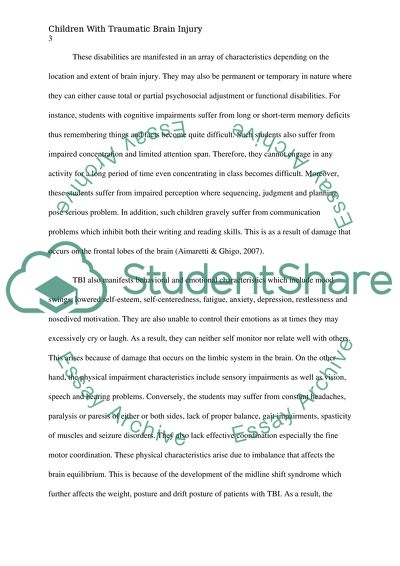Cite this document
(“Children with Tramatic Brain Injury Term Paper Example | Topics and Well Written Essays - 3000 words”, n.d.)
Retrieved de https://studentshare.org/education/1390208-children-with-tramatic-brain-injury
Retrieved de https://studentshare.org/education/1390208-children-with-tramatic-brain-injury
(Children With Tramatic Brain Injury Term Paper Example | Topics and Well Written Essays - 3000 Words)
https://studentshare.org/education/1390208-children-with-tramatic-brain-injury.
https://studentshare.org/education/1390208-children-with-tramatic-brain-injury.
“Children With Tramatic Brain Injury Term Paper Example | Topics and Well Written Essays - 3000 Words”, n.d. https://studentshare.org/education/1390208-children-with-tramatic-brain-injury.


